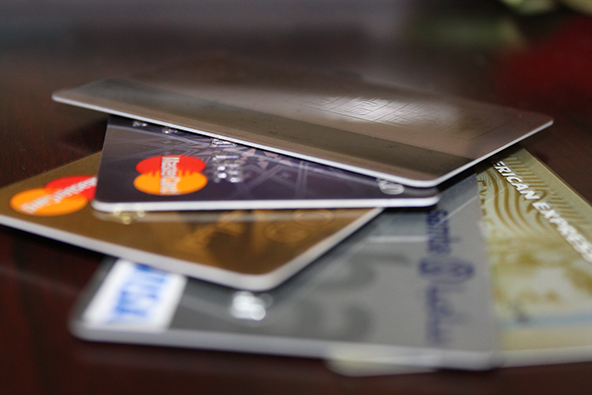How the Interchange Fee Cap Affects Prepaid Card Issuers, Users

Jennifer Tescher, CEO of the Center for Financial Services Innovation, has an excellent overview of the effects of the recently enacted debit interchange fee limit on prepaid cards, which were at first unconditionally exempted from it.
It turns out that the Fed’s final rule on the Durbin Amendment features a provision that makes it more difficult for the larger issuers to take advantage of the prepaid card’s fee exemption status.
The Catch
Just to remind you, the Fed placed a limit of 21 cents per transaction plus 0.05 percent of the transaction’s amount on what issuers can charge for?ádebit card transactions. An additional cent per transaction can be charged for fraud prevention measures the issuers have implemented.
General purpose prepaid cards are exempted from the cap, but the final rule has added a catch. Just as the Durbin Amendment exempts issuers with assets of less than $10 billion from the debit interchange cap requirement, so the Fed’s final rule mandates that, in order for banks with assets of more than $10 billion to claim the prepaid card exemption, “the prepaid cards they issue cannot provide access to funds by check, ACH or wire transfer,” Tescher says. Then she goes on to describe how a compliant prepaid card would look:
That translates into a bare-bones product with little functionality beyond cash withdrawal at the ATM or purchases at the point of sale. It means no electronic bill payments, no courtesy checks, no money transfers.
Actually that is not exactly the way I read the rule. I think that consumers can use their prepaid cards for online purchases and issuers with assets of over $10 billion will still be able to claim the exemption. In fact, American Express’ new prepaid card does allow consumers to make payments online and I’m pretty sure it does get exempted. Still, there are plenty of restrictions for larger issuers to think of.
Prepaid Use Set to Spike
Prepaid cards are now the fastest growing non-cash payment method, their growth far outstripping debit and credit cards. Here are the latest figures from the Federal Reserve:
| Non-cash payment type |
2006 |
2009 |
CAGR, in % |
|||
|
Number, in billion |
Value, in $ trillion |
Number, in billion |
Value, in $ trillion |
Number |
Value |
|
| ACH |
14.6 |
30.97 |
19.1 |
37.16 |
9.4 |
6.3 |
| Credit card |
21.7 |
2.12 |
21.6 |
1.92 |
-0.2 |
-3.4 |
| Debit card |
25.0 |
0.97 |
37.9 |
1.42 |
14.8 |
13.5 |
| Prepaid card |
3.3 |
0.08 |
6.0 |
0.14 |
21.5 |
22.9 |
Various reports predict prepaid use to grow at a much faster rate in the coming years and there is little reason to doubt that. As Tescher points out, prepaid cards are “essentially checkless checking accounts” and, in the wake of the debit interchange cap, issuers have every incentive to make them more attractive to use than debit cards. In fact, AmEx’s new offering does just that.
The Takeaway
So far American Express is the only big issuer to launch a post-debit-interchange-rule prepaid card, but its rivals are sure to follow suit in the coming weeks or months. There is no question that the new prepaid push is great news for low-income, low-credit-score consumers, who make up the bulk of the prepaid user base. After all, the only fee associated with AmEx’s offering, is a $2 ATM fee assessed after the first withdrawal, which is free. This is a stark departure from the fee-laden prepaid business model we know.
For the rest of us, however, these developments will have no effect. No one with access to credit cards and bank accounts is likely to start using prepaid cards, except if one was received as a gift.
Image credit: Cory Doctorow / Flickr.


